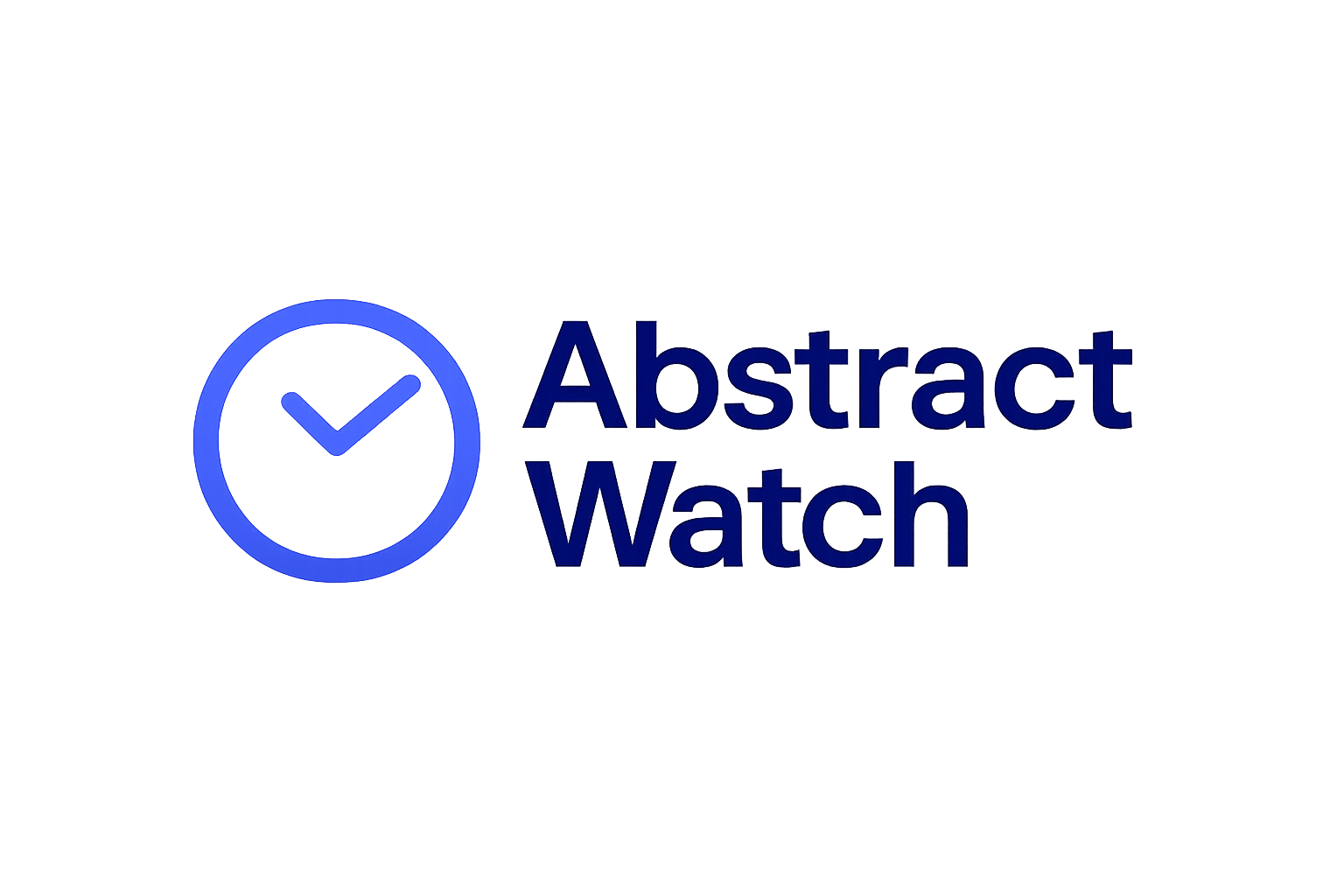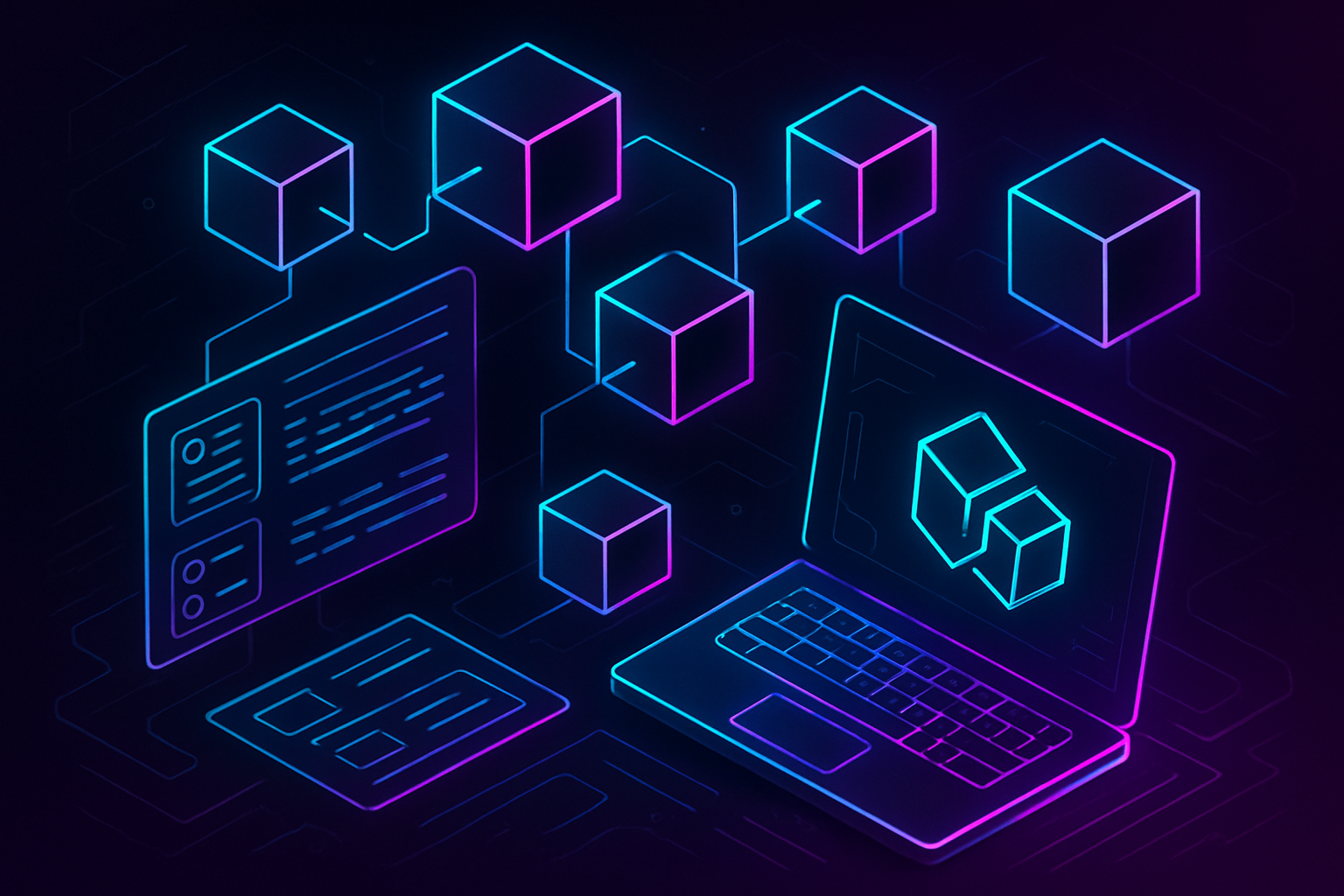
Launching a custom app-chain used to be the domain of elite blockchain engineers, but that’s changing fast. The rise of no-code rollup deployment platforms is transforming how Web3 developers build, scale, and innovate. Thanks to Rollup-as-a-Service (RaaS) offerings from Ankr, Asphere, and others, even non-specialists can deploy high-performance rollups and tokens in minutes, without writing a single line of code.

No-Code Rollup Deployment: The New Standard for App-Chain Launches
Traditionally, spinning up a rollup meant navigating complex SDKs, orchestrating node infrastructure, and sweating through endless configuration files. Now, no-code platforms like Asphere’s No-Code Deployer make it as simple as filling out a form. Developers select their preferred base layer (think Polkadot or Base), customize parameters such as block time or tokenomics, and hit launch. Within minutes, their modular rollup is live, often with built-in monitoring, 24/7 support, and compliance features ready to go.
This shift is more than just a UX upgrade. It’s a fundamental reimagining of the blockchain development stack. By abstracting away infrastructure headaches, no-code RaaS platforms unlock new creative bandwidth for teams who want to focus on dApp logic rather than low-level plumbing.
Expanding Ecosystem Support: From Polkadot to Base
The momentum isn’t limited to one ecosystem. Asphere’s recent collaboration with the Web3 Foundation brought no-code rollup deployment to Polkadot using ready-to-launch templates and seamless integration with the Polkadot SDK. This means DeFi protocols, NFT games, DAOs, and more can access scalable infrastructure without deep protocol expertise.
Just as notably, Asphere now supports the Base framework as well. Developers can launch Base-based rollups, compatible with OP Stack and instantly connected to the wider Base ecosystem, in record time. This multi-chain approach is driving rapid adoption across sectors hungry for both scalability and flexibility.
Key Benefits of No-Code Rollup Deployment Platforms
-
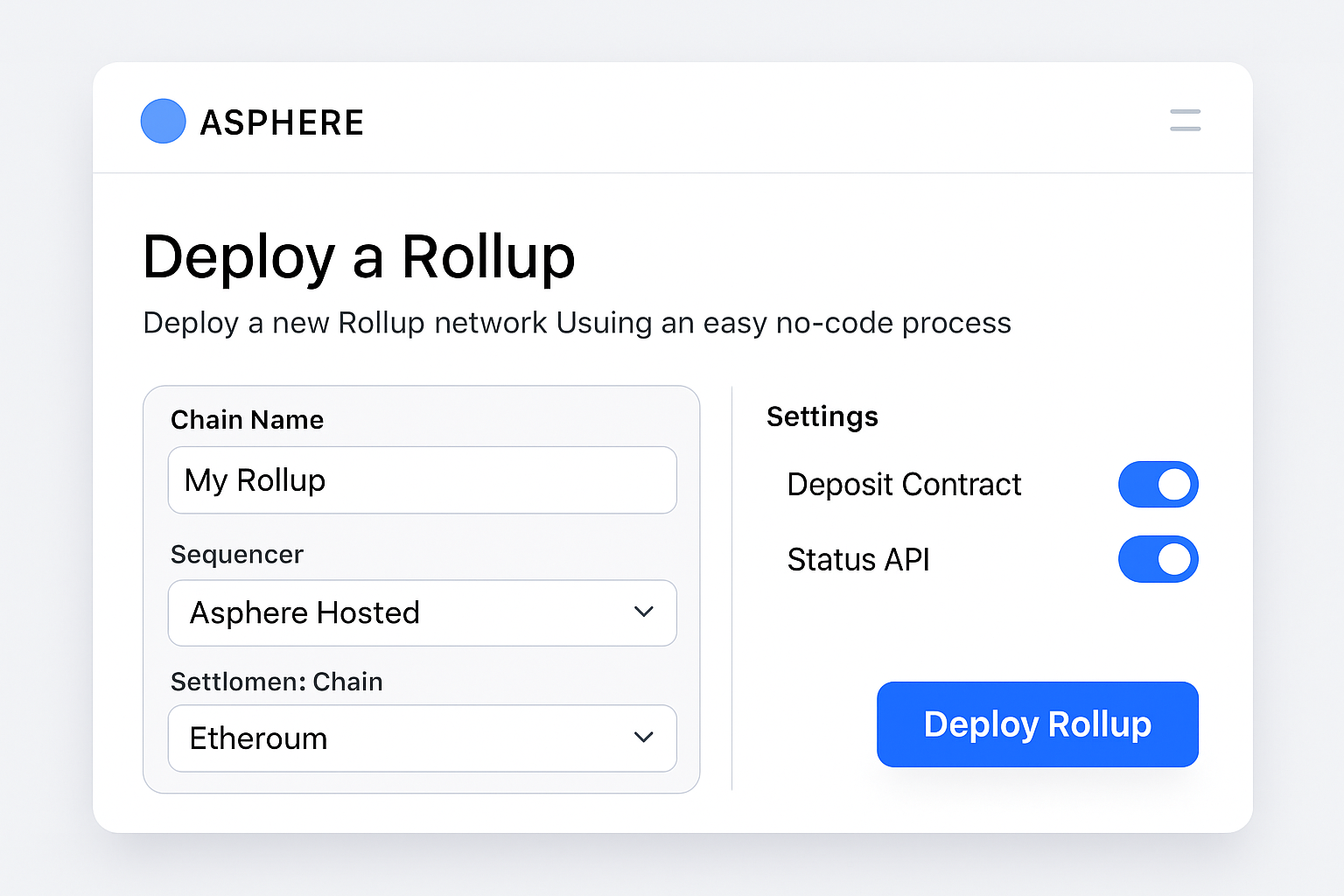
Rapid App-Chain Launches: Platforms like Asphere No-Code Deployer and Ankr’s Rollup-as-a-Service allow developers to launch customized rollups and tokens in minutes, dramatically reducing time-to-market for new Web3 projects.
-
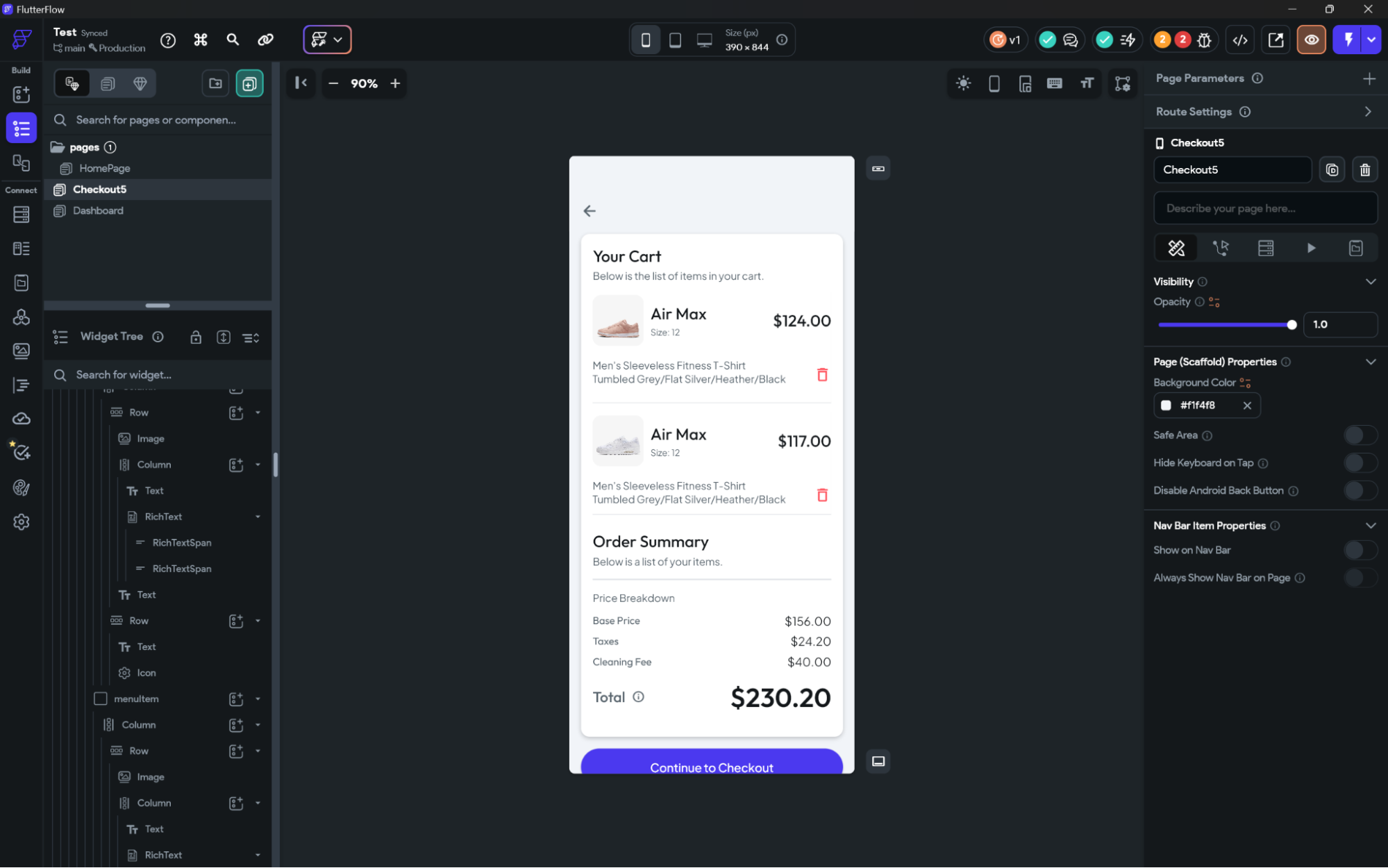
Lowered Technical Barriers: User-friendly interfaces and pre-built templates empower developers without deep blockchain expertise to deploy scalable, interoperable app-chains, making Web3 development more inclusive.
-
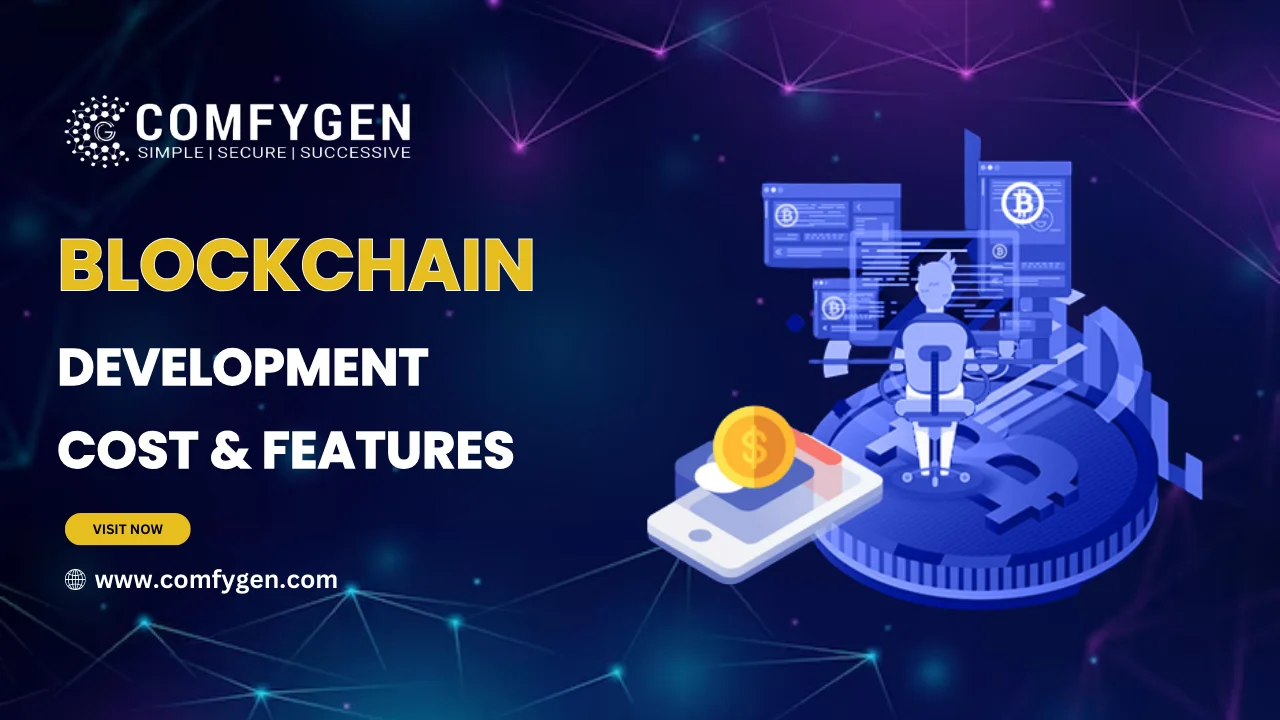
Cost Efficiency: No-code rollup platforms eliminate the need for large development teams and extensive coding, significantly reducing both upfront and ongoing costs for launching and maintaining app-chains.
-
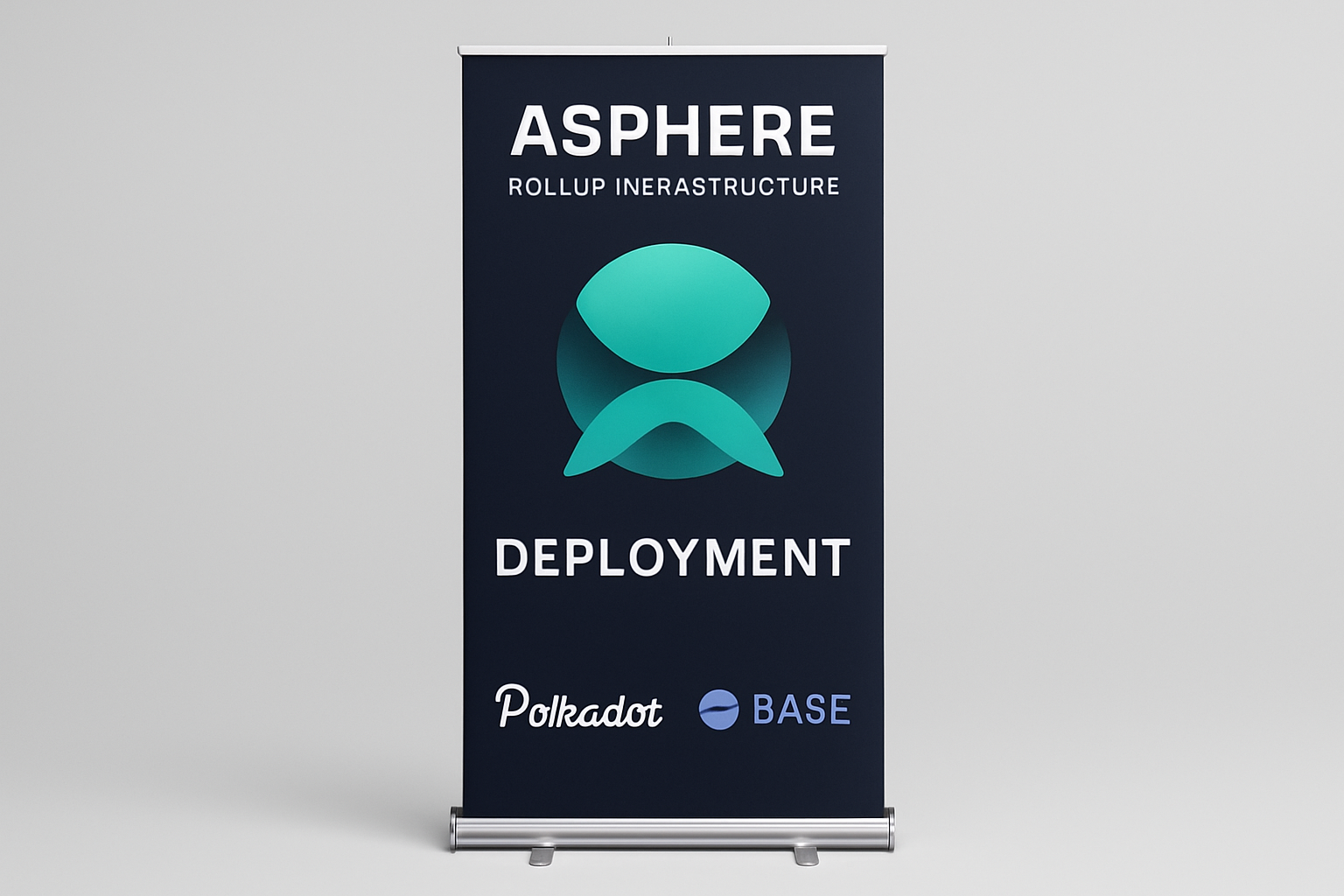
Multi-Ecosystem Support: Solutions like Asphere support multiple frameworks—including Polkadot and Base—enabling developers to build rollups compatible with major blockchain ecosystems and reach broader user bases.
-
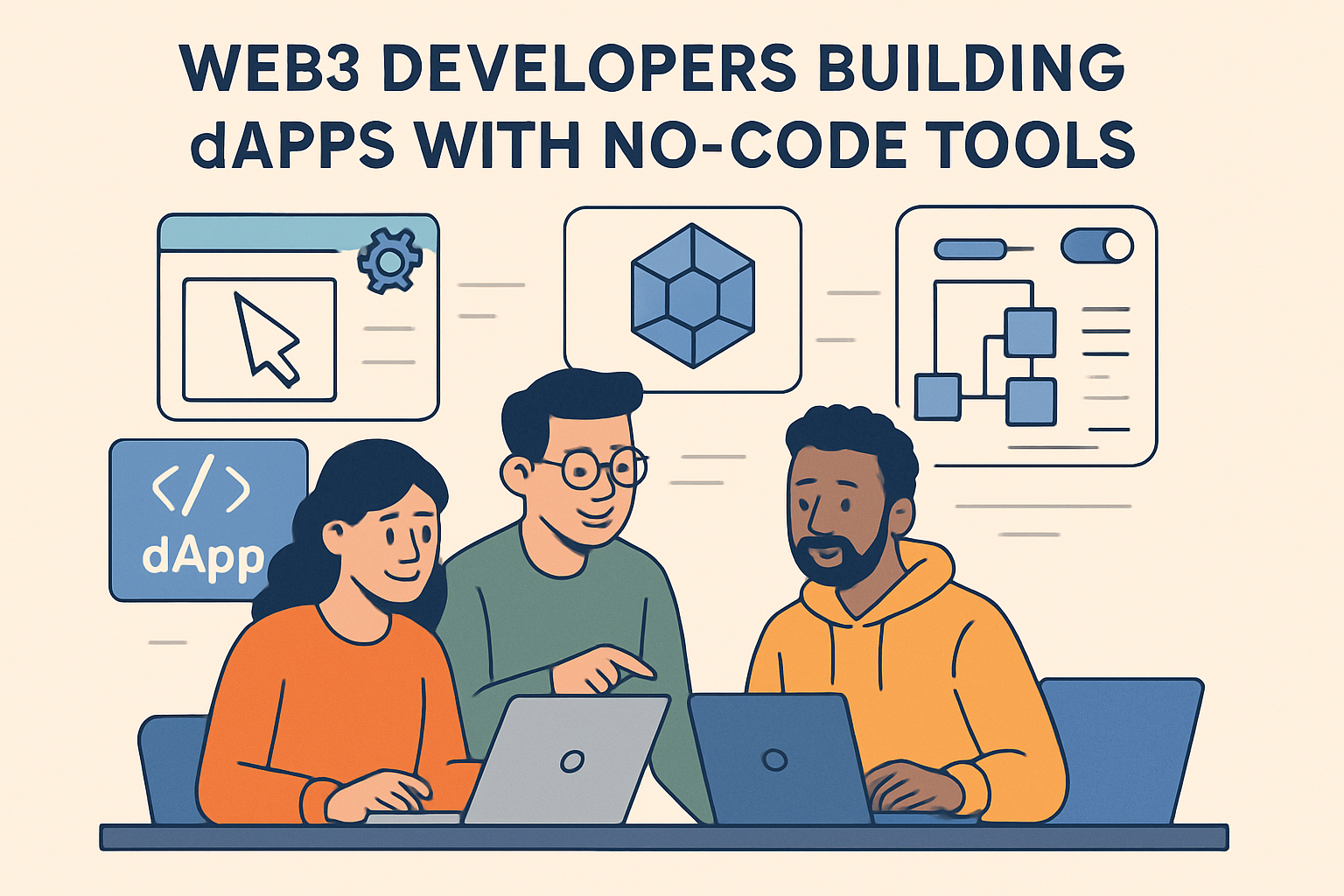
Enhanced Focus on Innovation: By automating infrastructure and deployment tasks, no-code platforms free developers to concentrate on building innovative dApps and exploring new blockchain use cases.
-
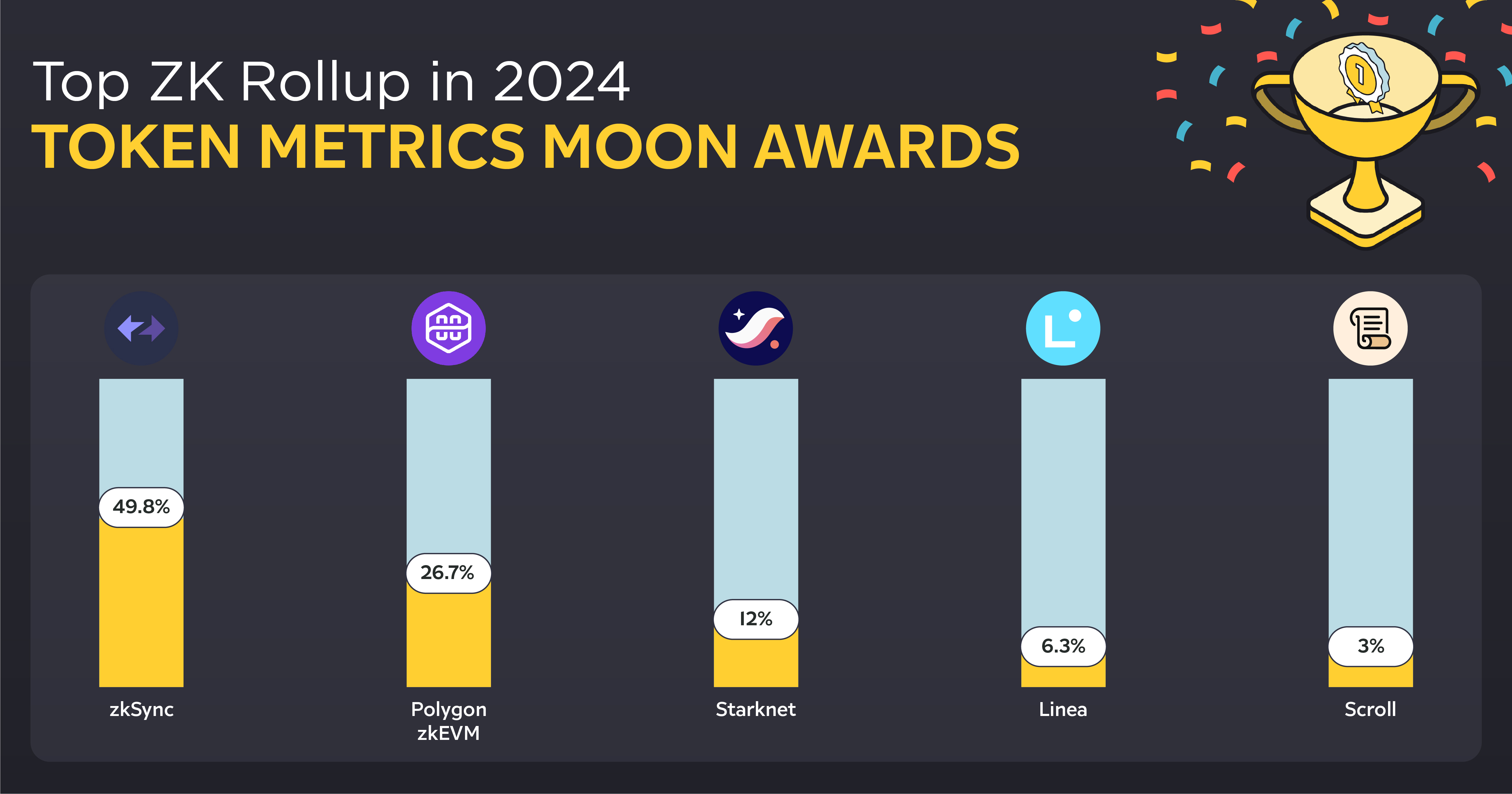
Integrated Monitoring and Support: Comprehensive platforms like Asphere offer 24/7 support, real-time monitoring, and regulatory compliance tools, ensuring robust and secure rollup operations.
-

Seamless Integration with No-Code Builders: Services such as DropChain provide APIs for popular no-code builders like Bubble, enabling rapid development of Web3 apps without writing code.
Lowering Barriers and Accelerating Innovation
The impact on the developer experience is profound:
- Reduced time-to-market: What once took weeks or months now takes minutes.
- No specialized expertise required: Teams without deep blockchain backgrounds can launch secure app-chains.
- Cost efficiency: Pre-built templates and managed infrastructure cut both upfront costs and ongoing operational headaches.
- Focus on innovation: Freed from infrastructure chores, teams can iterate faster on dApp features and business models.
This democratization is echoed by platforms like DropChain as well, which integrate APIs for no-code builders such as Bubble, bringing blockchain tools into the hands of entrepreneurs and product managers who previously couldn’t participate in Web3 at all.
The Strategic Edge for Modern Web3 Teams
No-code RaaS isn’t just about convenience; it’s a strategic lever for projects seeking first-mover advantage in rapidly evolving markets. With instant scalability solutions at their fingertips, and compatibility across major ecosystems, teams can seize opportunities without being held back by technical bottlenecks or resource constraints. The result? A more inclusive and dynamic Web3 landscape where innovation comes from everywhere, not just protocol engineers.
With the barriers to entry lowered, we’re seeing a new wave of Web3 builders, startups, DAOs, and even non-technical founders, launching their own app-chains and tokens. This proliferation isn’t just a numbers game; it’s radically diversifying the types of applications and communities that can flourish on-chain. For example, emerging DeFi projects can now iterate and deploy new rollup-based products at a pace that matches the fast-moving crypto market, while gaming studios and NFT creators can spin up dedicated chains with tailored performance and economics.
Security and compliance are often cited as hurdles for mainstream blockchain adoption. Here, no-code rollup deployment platforms are making headway as well. Leading RaaS providers bundle best-practice security modules, real-time monitoring, and even regulatory tooling directly into their deployment workflows. Asphere’s 24/7 support and robust compliance features, for instance, give enterprise clients and institutional partners the confidence to experiment and scale on-chain without fear of downtime or regulatory missteps.
What’s Next: No-Code Rollups and the Future of Blockchain Scalability
Looking ahead, the trajectory for no-code rollup deployment is clear. As more frameworks and SDKs become modular and interoperable, expect to see even greater cross-chain compatibility and composability. The next generation of RaaS platforms will likely offer plug-and-play integrations with oracles, bridges, identity solutions, and on-chain analytics, further reducing friction for teams launching ambitious Web3 products.
The implications for blockchain scalability are profound. With platforms like Ankr RaaS, AltLayer no-code tools, and Asphere’s deployer leading the charge, developers are empowered to build application-specific blockchains that can scale independently while remaining connected to broader ecosystems. This is a key evolution from monolithic chains toward a truly modular Web3 infrastructure.
Top No-Code Rollup Deployment Platforms & Their Features
-
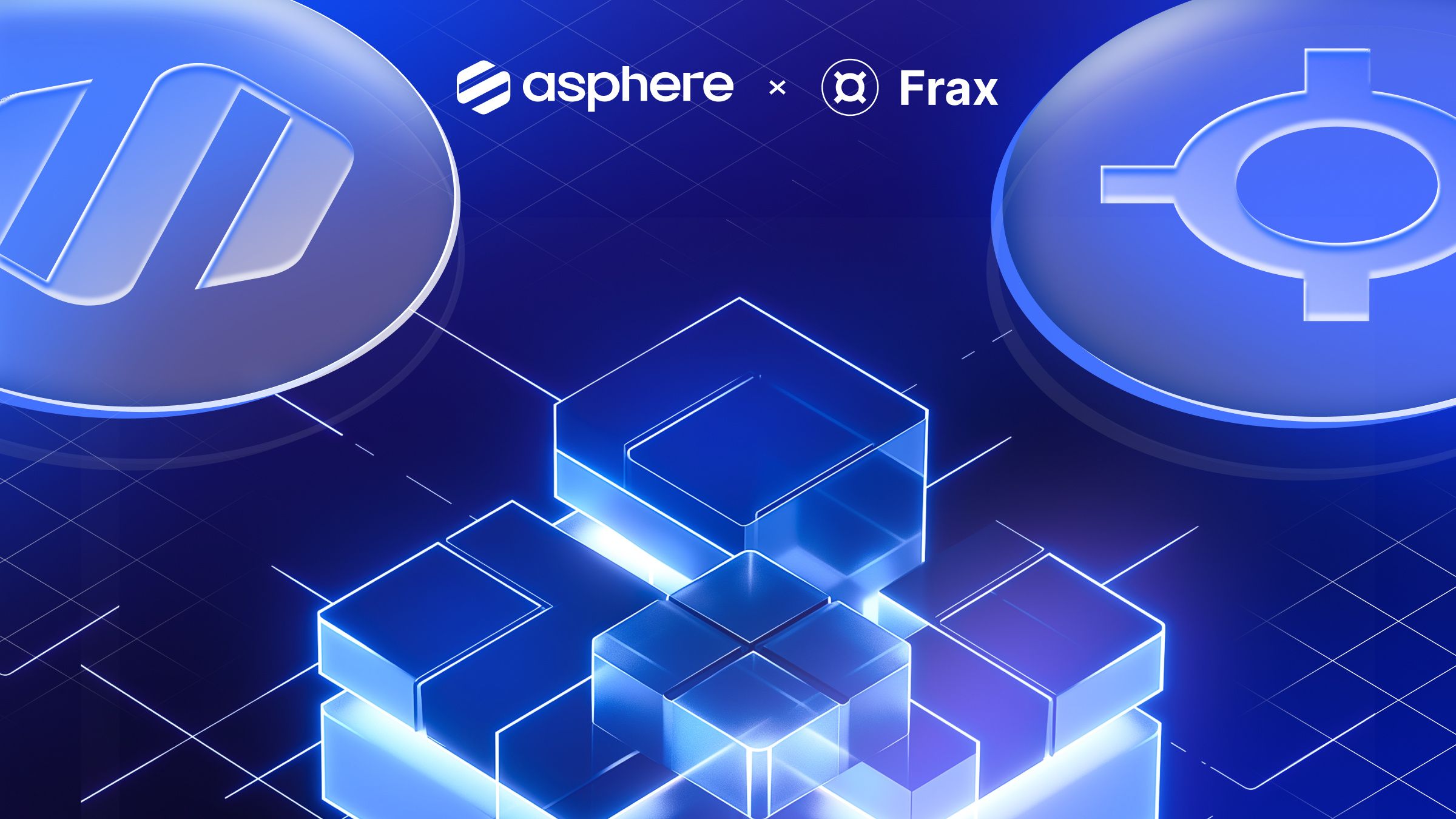
Asphere No-Code Deployer: Launch modular rollups and tokens in minutes via an intuitive interface. Features include ready-to-use templates, support for Polkadot SDK and Base framework, real-time monitoring, and 24/7 support—all designed to simplify app-chain deployment for Web3 developers.
-
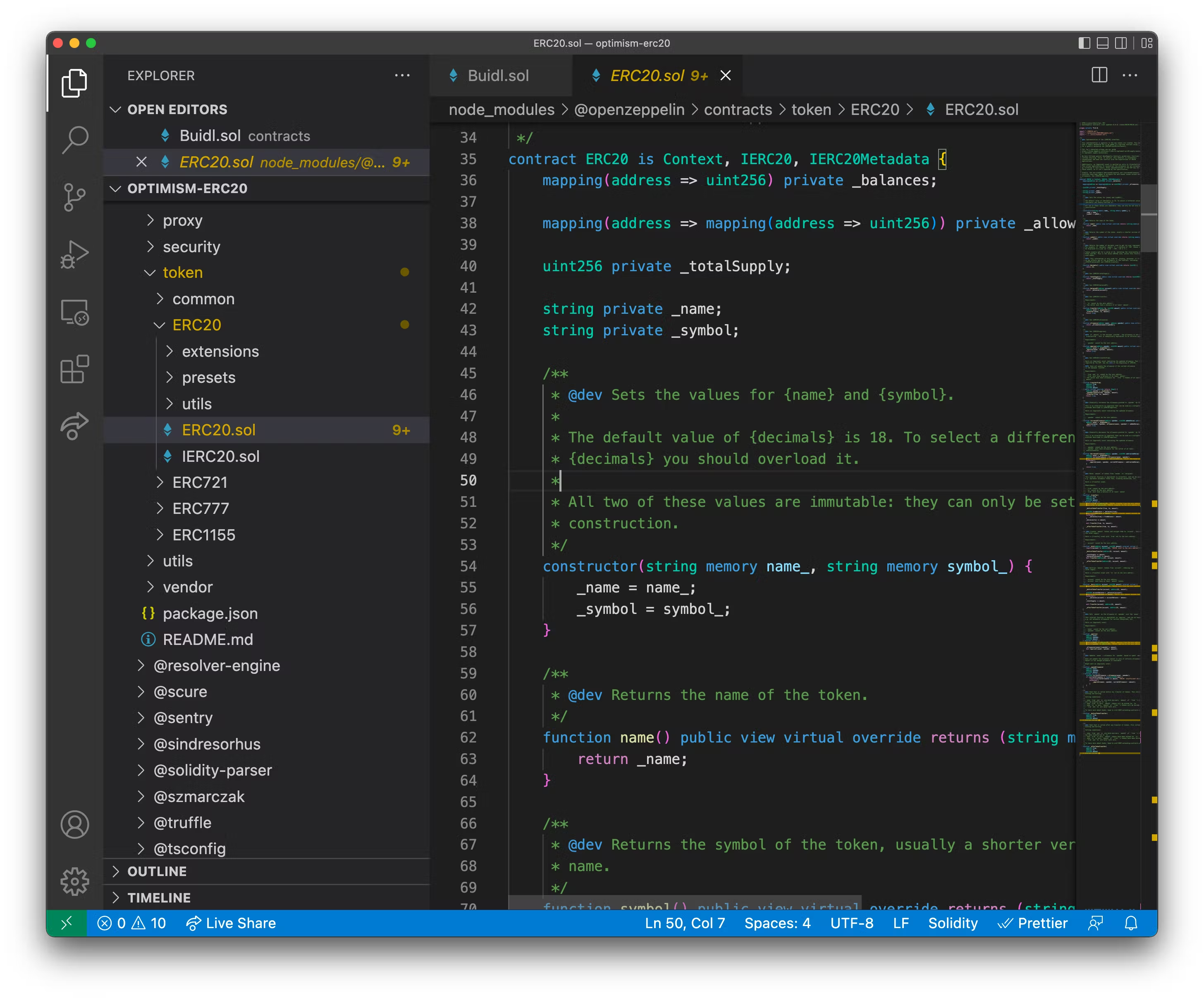
Ankr Rollup-as-a-Service (RaaS): Comprehensive infrastructure for deploying and managing rollups. Offers customizable rollup solutions, integrations with major blockchain ecosystems (including Base and OP Stack), and enterprise-grade security—empowering teams to launch scalable, application-specific blockchains effortlessly.
-
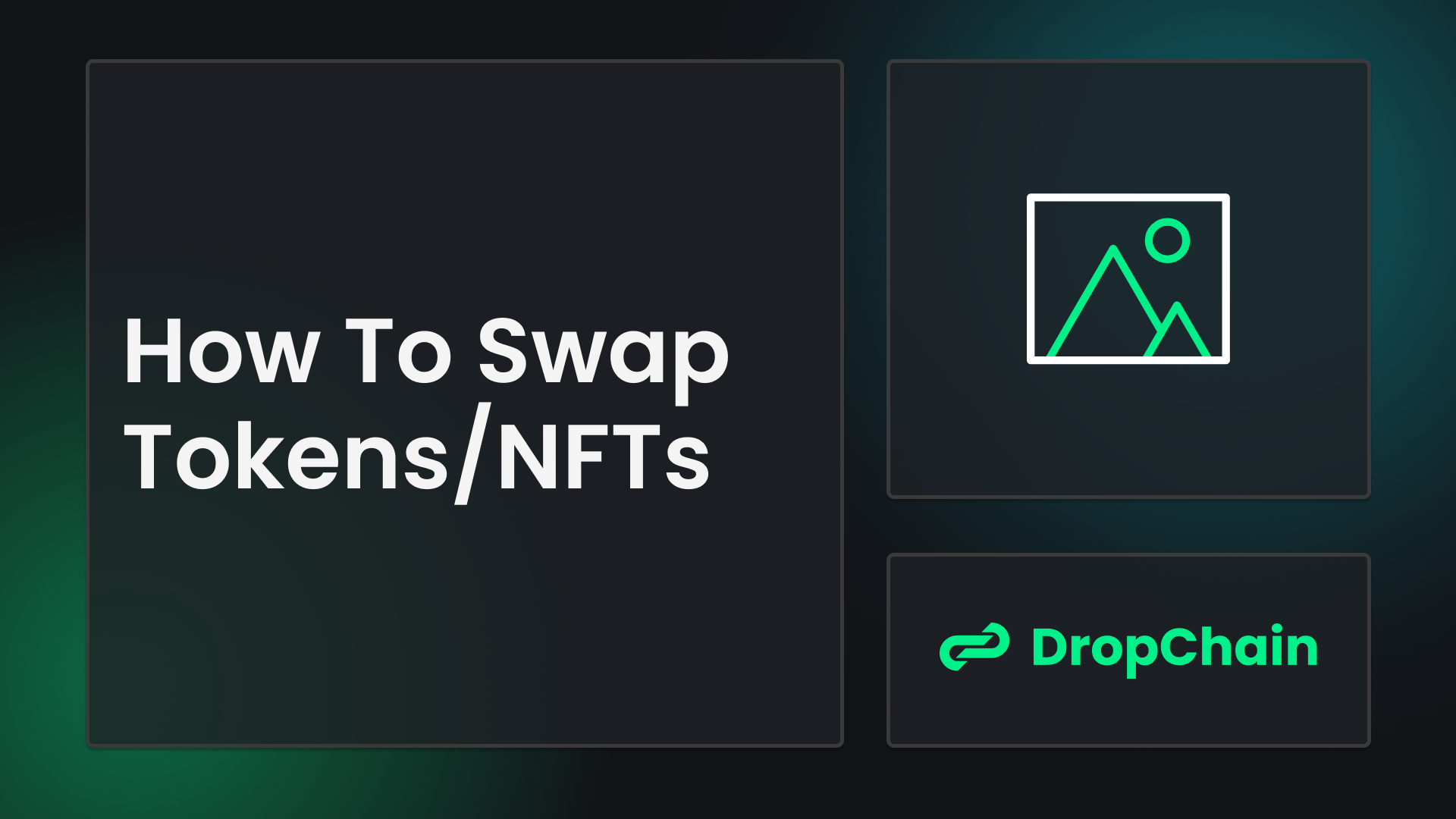
DropChain No-Code API: Build and deploy Web3 applications without coding by integrating with popular no-code builders like Bubble. Features plug-and-play blockchain modules, easy contract deployment, and developer-friendly APIs—making blockchain accessible to a wider audience.
For those looking to dive deeper into the mechanics of these tools or explore step-by-step guides for deploying their first app-chain with no code, resources are expanding rapidly. For a comprehensive look at the broader impact of no-code rollup deployment on blockchain scalability solutions, see this detailed analysis.
Options are opportunities: and today’s no-code rollup deployment platforms are opening doors for a whole new class of Web3 innovators. Whether you’re building the next DeFi protocol or a bespoke NFT marketplace, the infrastructure is now as accessible as your ambition.
